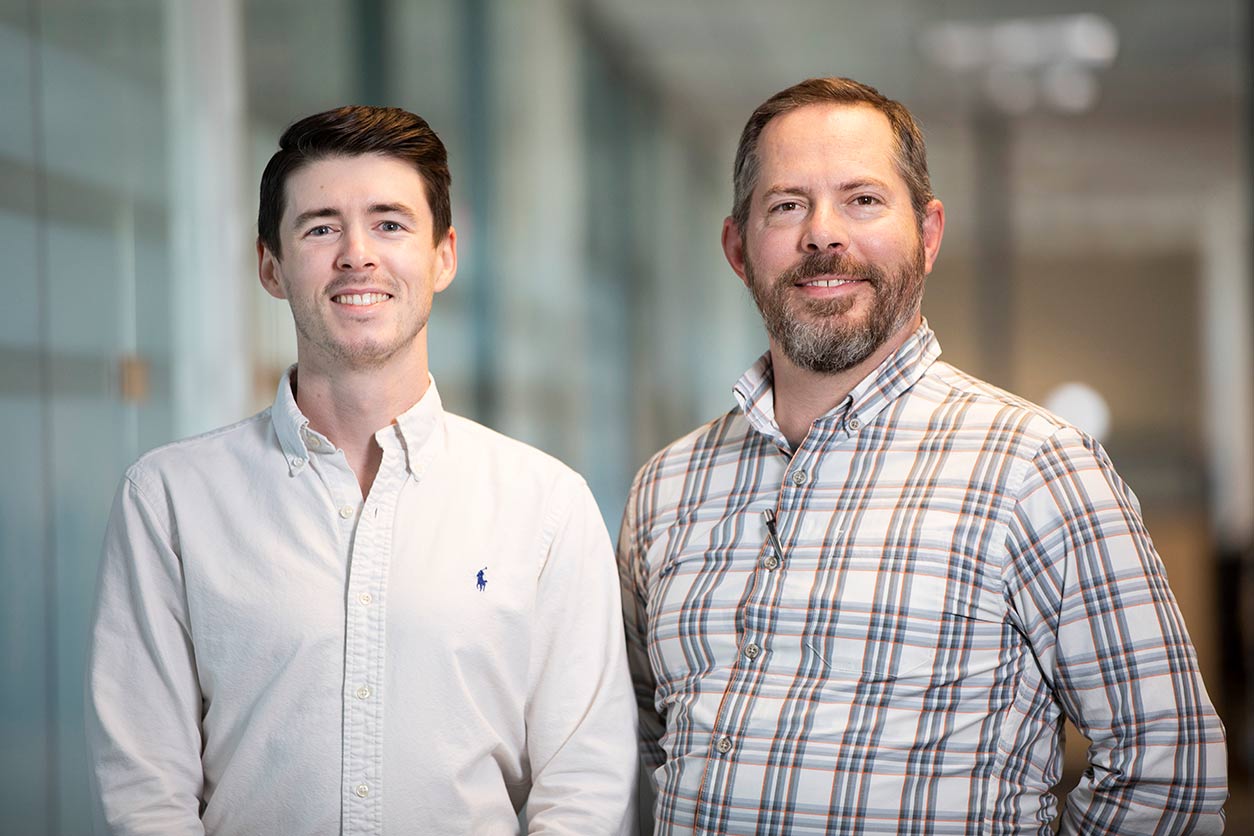A genetic variation common in people of African ancestry is associated with an increased risk of complications from diabetes, including an eye condition called diabetic retinopathy, according to a report published June 25 in the journal Nature Medicine.
Investigators found that the diagnosis of diabetes and treatment needed to prevent diabetes complications may be delayed in people who carry the variant, G6PDdef, because it is associated with reduced levels of HbA1c, a widely used clinical marker of blood glucose levels. Health care providers most often use the hemoglobin A1C, or HbA1C, test to measure blood glucose levels and manage diabetes.
Testing for genetic variations that cause G6PD deficiency, which is a deficiency of the enzyme glucose 6-phosphate dehydrogenase, could lead to improvements in the way clinicians diagnose and treat diabetes. According to the authors, such testing may help to reduce the long-observed disparity in diabetes complications between individuals of European and African ancestries.
“While this discovery may impact how millions of individuals manage their diabetes, it also highlights the importance of including diverse populations in biomedical research,” said the paper’s first author, Joseph Breeyear, Ph.D., an NIEHS postdoctoral research fellow mentored by Alison Motsinger-Reif, Ph.D.
“By including underrepresented individuals, we can identify genetic variations that affect health outcomes,” said Breeyear, who earned his Ph.D. in human genetics in the lab of Todd Edwards, Ph.D., at Vanderbilt University Medical Center (VUMC) in 2023.

More than 400 million people worldwide have G6PD deficiency. Although most of the study participants are men, millions of women are also at increased risk of diabetes complications if they carry a copy of the G6PDdef variant.
“This discovery could lead to changes in the way diabetes is managed for millions of patients in the U.S. and around the world,” said Edwards, the paper’s co-corresponding author with Ayush Giri, Ph.D. Both are VUMC faculty members affiliated with the VA Tennessee Valley Healthcare System.
“More needs to be done, such as health economics and policy studies, and clinical trials, to establish the best way to use this knowledge to prevent diabetes complications,” said Edwards. “Now, that process can begin.”
Link to diabetic retinopathy
Diabetic retinopathy, damage to retinal blood vessels and nerves at the back of the eye that can cause permanent vision loss, has previously been linked to genetic variations called single nucleotide polymorphisms, or SNPs, but these associations have been studied primarily in individuals of European and Asian ancestry.
The estimated prevalence of diabetic retinopathy in the United States ranges from 24% in non-Hispanic White people to 34% in non-Hispanic Black people.
To better understand why some people with diabetes develop retinopathy but others don’t, the researchers conducted a combined-ancestry genome-wide association study (GWAS) of more than 197,000 individuals with diabetes, including more than 68,000 who also had diabetic retinopathy.
The study was the largest ancestry-stratified, SNP-based estimation of the heritability of diabetic retinopathy conducted to date and included an unprecedented number of individuals of non-Hispanic African ancestry — more than 46,000.
The researchers utilized electronic health records and genomic data from the Million Veteran Program, the United Kingdom Biobank, VUMC’s biorepository, called BioVU, the Mass General Brigham Biobank in Boston, and summary statistics from a 2019 study.
They also investigated the effect of G6PDdef on the risk of diabetes complications among participants in the National Institutes of Health-sponsored Action to Control Cardiovascular Risk in Diabetes (ACCORD) clinical trial, which assessed the impact of tight diabetes control on cardiovascular events in more than 10,000 adults with Type 2 diabetes.
Their analysis found that individuals of non-Hispanic African ancestry with G6PDdef in the ACCORD trial had a significantly higher likelihood of two diabetes complications — diabetic retinopathy and diabetic nephropathy — compared to individuals without the variant, despite receiving standard-of-care treatment to lower HbA1c levels.
Variant may better fight malaria, but mask high blood sugar
The current study detected nine previously unreported loci, or positions on the chromosomes, which were associated with diabetic retinopathy, including an evolutionarily adaptive genetic variant that potentially may explain some of the racial disparity in diabetes complications.
Common only in African and in some Asian populations, the G6PDdef genetic variation may have evolved as a protection against severe malaria. The disease is caused by a parasite that infects a certain type of mosquito.
The G6PDdef variant is associated with a shorter red blood cell lifespan, which lowers HbA1c levels but not blood glucose levels. This “mismatch” can mask the true extent of hyperglycemia: In individuals who carry the G6PDdef mutation, HbA1c levels systematically underestimate blood glucose levels.
Based on the prevalence of this genetic variant, the researchers estimated that more than 250,000 men and 500,000 women of non-Hispanic African ancestry in the United States who have diabetes may have some level of G6PD deficiency.
These figures are broadly consistent with a previous study, which estimated that diabetes might be diagnosed late, or remain undiagnosed, in as many as 650,000 people of non-Hispanic African ancestry in the United States due to the G6PDdef variant.
“With comprehensive screening … and subsequent standard-of-care treatment, possibly aimed at glucose rather than HbA1c targets, nearly 12% of diabetic retinopathy cases and 9% of diabetic neuropathy cases in individuals of non-Hispanic African ancestry could be avoided in the U.S. alone,” the researchers concluded.
HbA1c works well as a marker for hyperglycemia in most people, but not as well in individuals with genetic disorders that affect enzyme function such as G6PD deficiency, noted Giri, assistant professor of obstetrics and gynecology at VUMC.
“Were HbA1c not used widely for screening and management of diabetes, we likely would not observe such a finding,” he said.
(This article was adapted from a June 25 VUMC News story written by Bill Snyder, senior science writer and information officer.)









